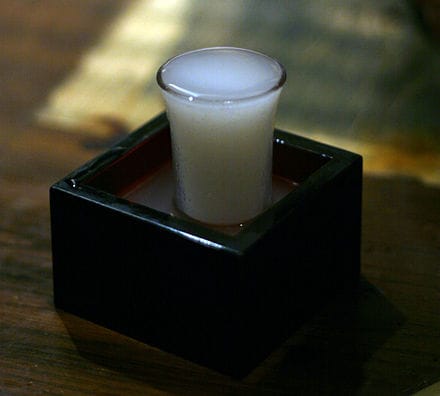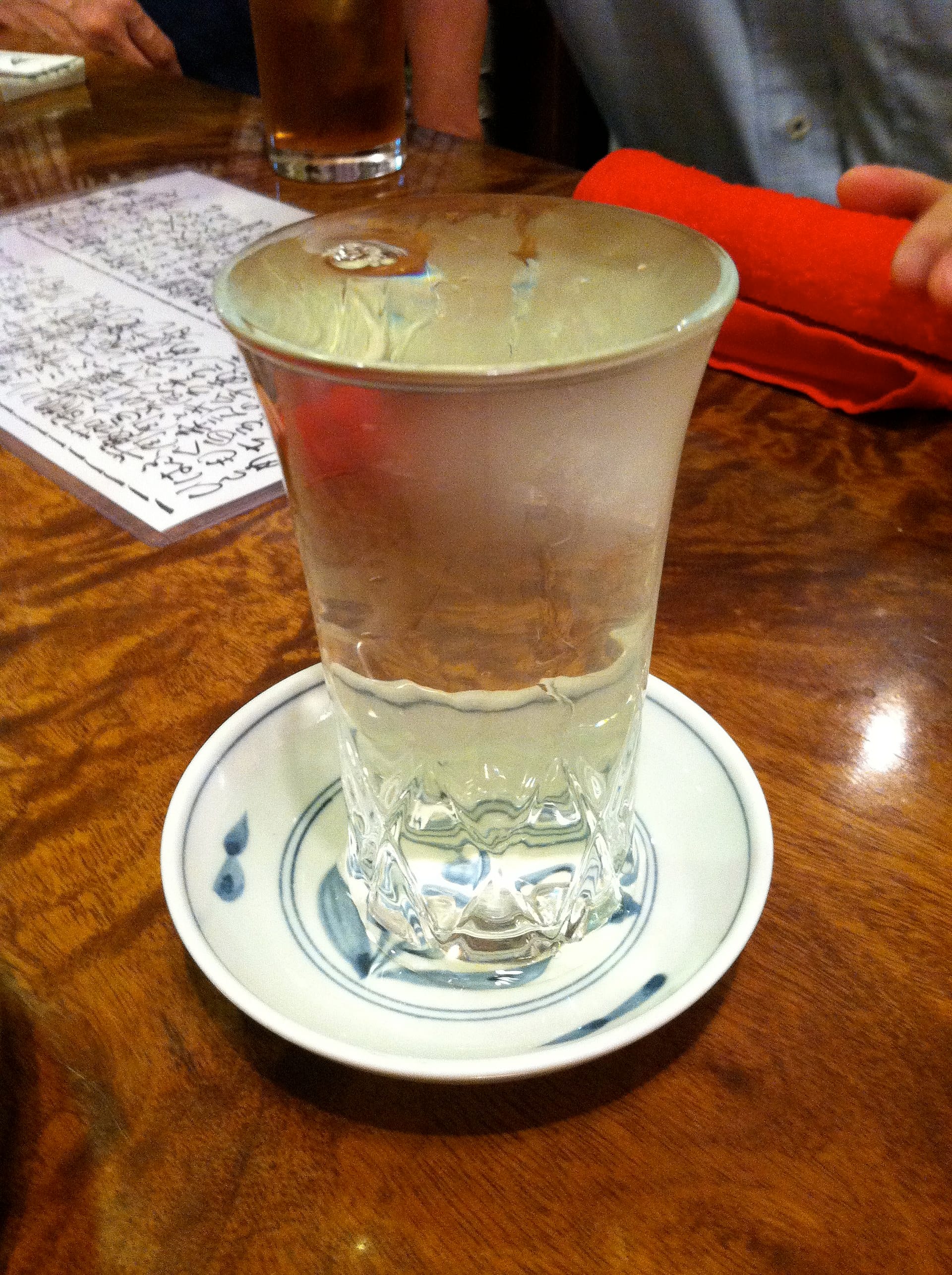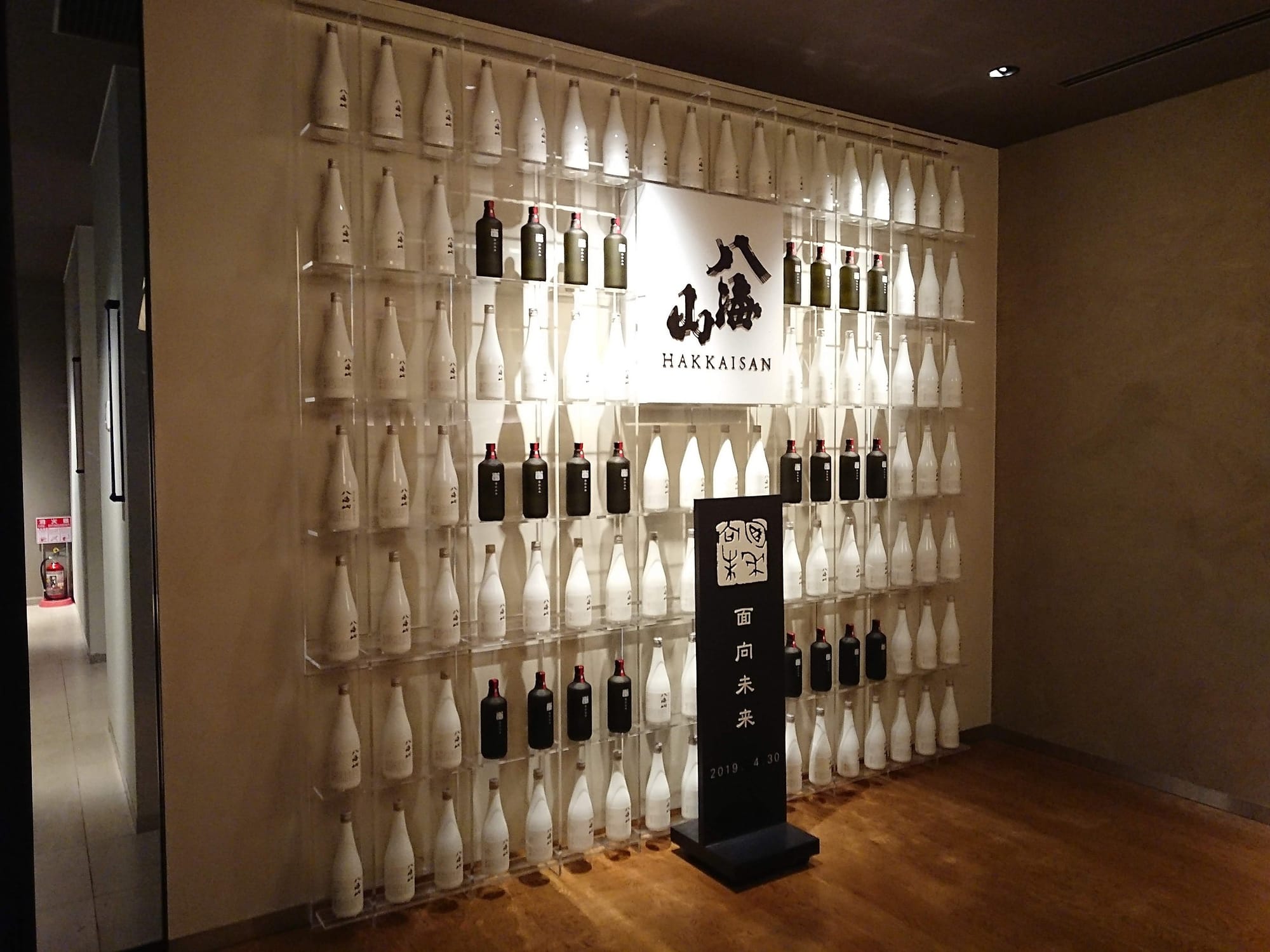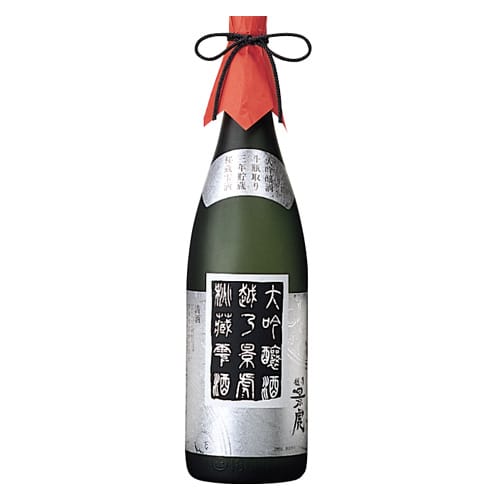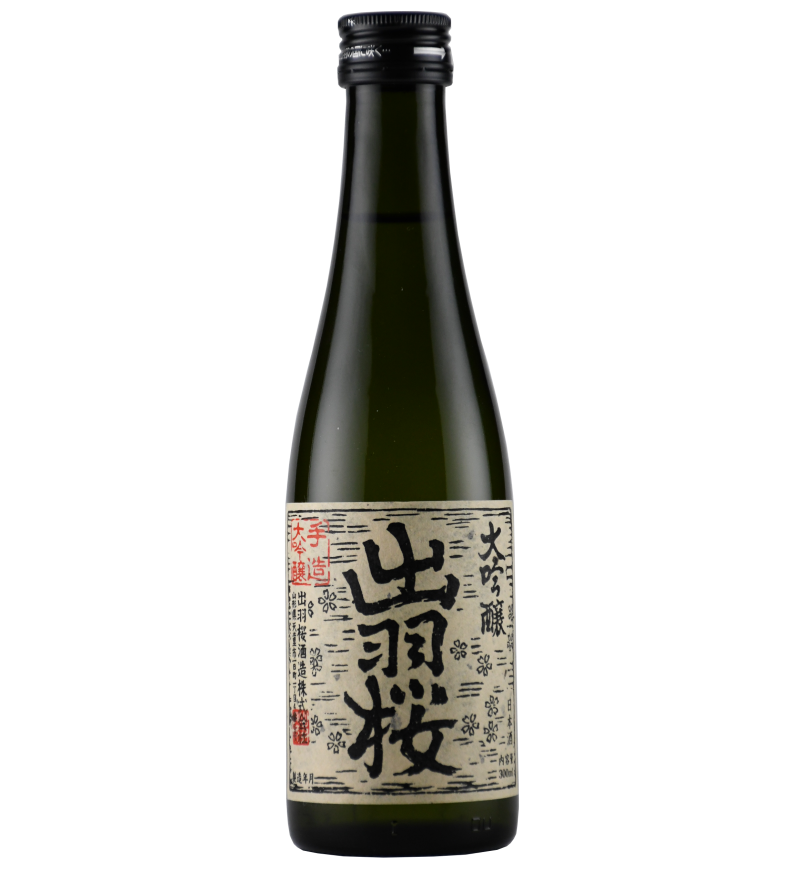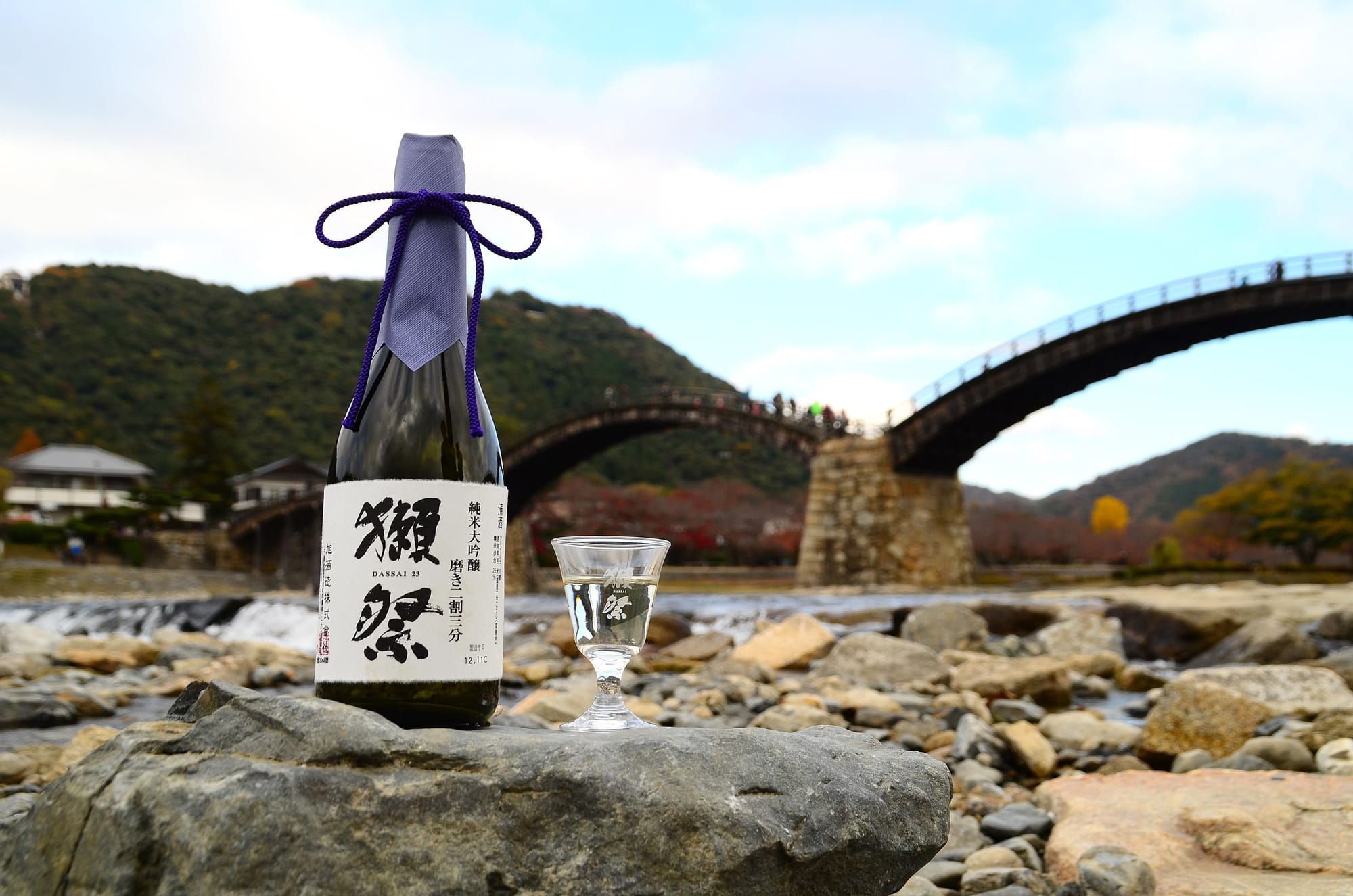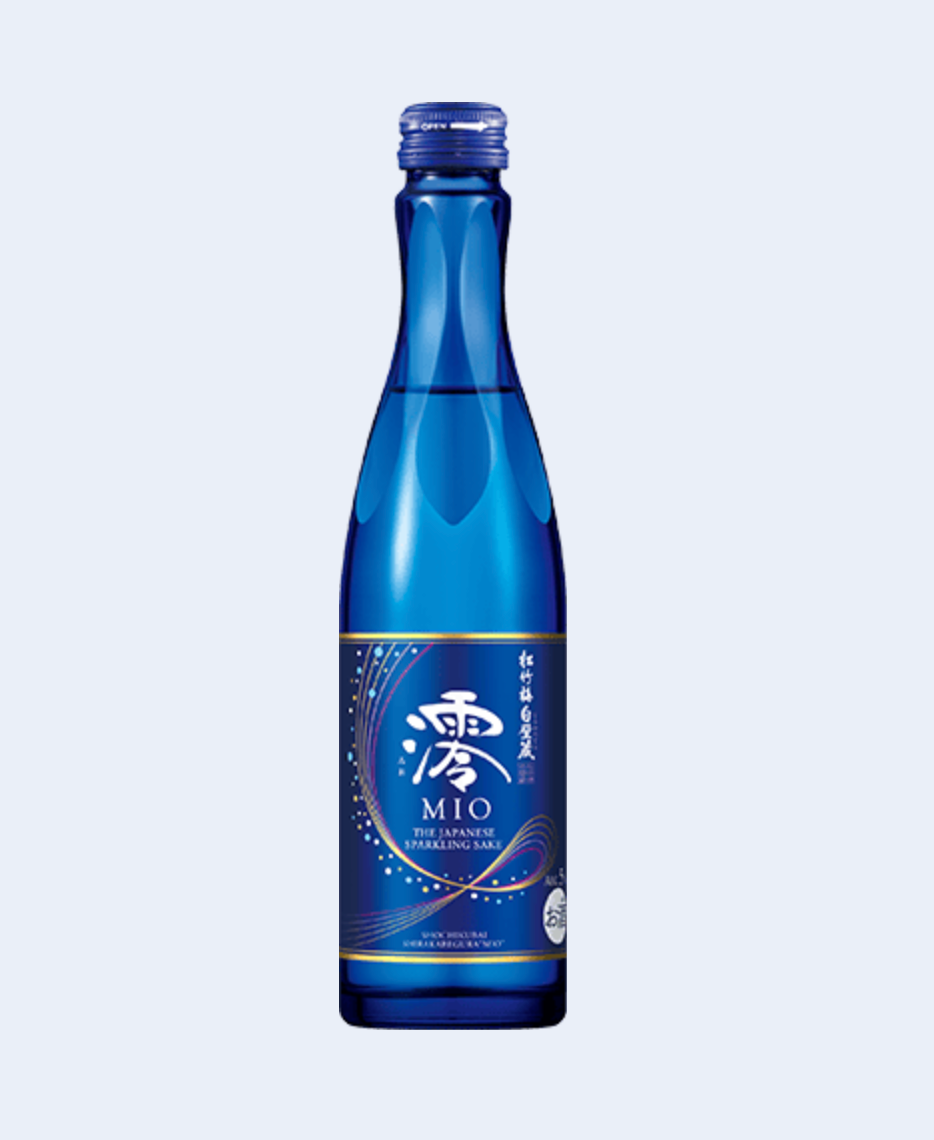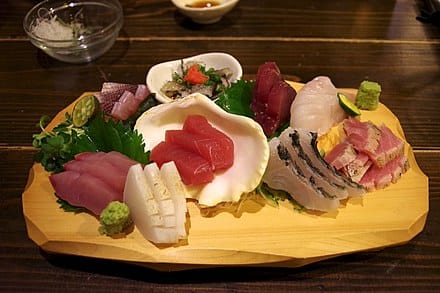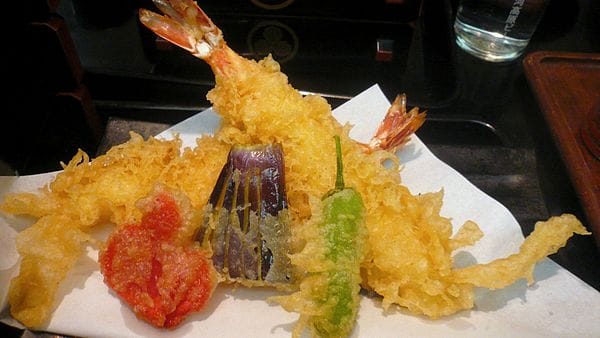Sake is an indispensable part of Japanese food culture. This alcohol, made from rice using unique production methods, has various tastes and aromas that captivate drinkers. I myself am attracted to the depth of sake and enjoy comparing different brands.
I first realized the charm of sake when I visited a small izakaya in Kyoto with a friend during my university days. At first, I didn't understand much about the colorful sake bottles lined up on the counter, so I ordered following the owner's recommendation. I still remember being quite impressed when I took a sip and experienced a deliciousness of alcohol I had never tasted before.
There are different types of sake such as Daiginjo, Junmai, and Honjozo, each with its own character. I also think it's an interesting feature that the taste changes greatly by changing the temperature.
Moreover, sake pairs excellently with Japanese cuisine. It's one of the pleasures to choose sake to match the dish, such as pairing Ginjo sake with appetizers and Western dishes, or Junmai sake with oily meat dishes. Pairing sake with Japanese food is a must if you want to fully enjoy Japanese food culture.
In this article, I will thoroughly convey the charm of sake, from basic knowledge to how to enjoy it deliciously and types of establishments you can find in Japan. I hope this will be an opportunity for those planning to visit Japan to enjoy the world of sake!
What is Sake
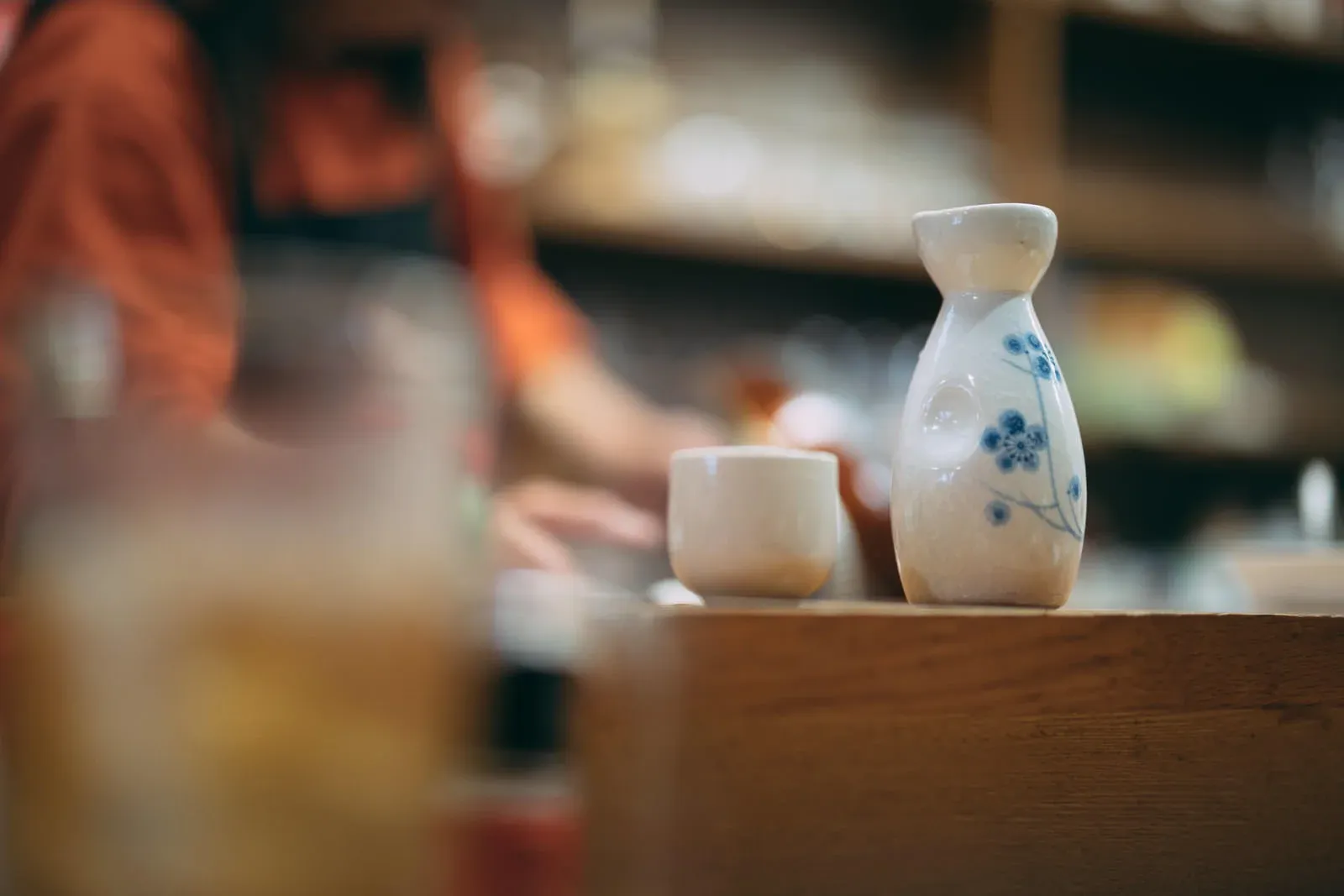
Sake is a traditional Japanese alcohol made from rice. Its alcohol content is relatively high, typically around 13-17 degrees. Sake's unique production method involves fermenting rice with koji mold, and this method creates the clear and transparent appearance, fruity aroma, and deep flavor that are the great charms of sake.
Also, sake pairs exceptionally well with Japanese cuisine and is closely related to Japanese food culture. By pairing sake with various Japanese dishes such as sashimi, tempura, and grilled fish, the taste of the dishes is further enhanced. For Japanese people, sake is not just an alcohol, but a part of food culture.
Why Sake is the Soul of Japanese People
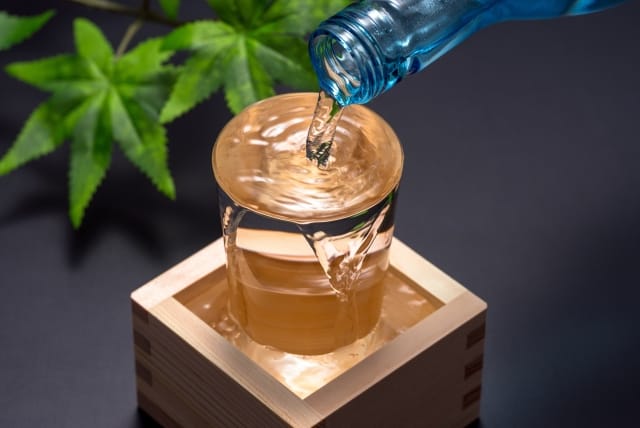
The reason why sake is said to be the soul of Japanese people is related to rice and water, the raw materials of sake. Japan is one of the world's leading rice-producing countries, and rice has been the staple food of Japanese people and an indispensable part of life since ancient times. Japanese water is known for being very soft and pure.
Sake is made using this high-quality rice and water, and for Japanese people, sake is not just alcohol, but a cultural product born from Japan's climate. Moreover, the sake production method is also the result of Japan's excellent fermentation technology that has produced fermented foods such as miso, soy sauce, and natto.
In this way, sake is truly a Japanese alcohol born from elements that can be called the soul of Japanese people: Japanese rice, water, and fermentation. That's why I think sake is a special existence for Japanese people and is called the soul of Japanese people.
Taste and Regional Characteristics of Sake
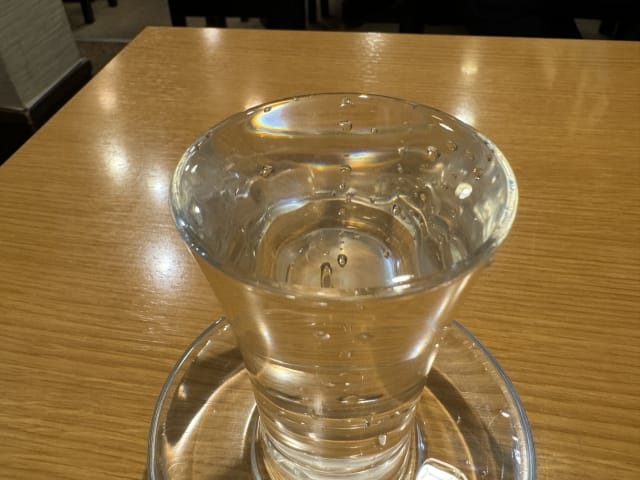
The taste of sake changes greatly depending on how much the rice is polished and how much it is fermented. When rice is polished, the starch content, which is the source of sweetness, decreases, so it becomes less sweet and more dry.
On the other hand, as fermentation progresses, the starch in the rice breaks down into sugar, and as fermentation progresses further, the sugar turns into alcohol. In other words, when fermentation is sufficiently advanced, the sweetness disappears and it becomes dry.
Such taste of sake also has regional characteristics.
Niigata Prefecture
While Niigata Prefecture is famous for its rice, it's said that water is actually more proud. Many sake brands from Niigata are characterized by their crisp, dry taste, using high-quality brewing water from melted snow.
Fukushima Prefecture
On the other hand, the Tohoku region tends to value the taste of rice, so there are many sweet sake brands. Particularly in Fukushima Prefecture, many high-quality sake brands have been born in recent years, winning many gold awards at the National New Sake Appraisal. Sake from Fukushima is also characterized by its fruity and rich aroma.
Hyogo Prefecture
Hyogo Prefecture is known as the production area of "Yamada Nishiki," Japan's best sake rice, and is characterized by many high-quality sake brands. Especially in the Nada region, dry sake that values sharpness is mainstream, called by the name "Seishu."
Hiroshima Prefecture
Conversely, Kyushu tends to have sweet seasonings like soy sauce and miso, so there are many sweet and easy-to-drink sake brands that match this. Among them, Hiroshima Prefecture is famous for sake brewing using famous water called "Saijo no Mizu."
In this way, the taste of sake has regional characteristics, reflecting the rice, water, and food culture of the area. Comparing the unique sake from different regions is one way to enjoy sake.
Types of Sake
There are several types of sake, each with its own characteristics. Here, I'll introduce representative types of sake.
Junmai-shu
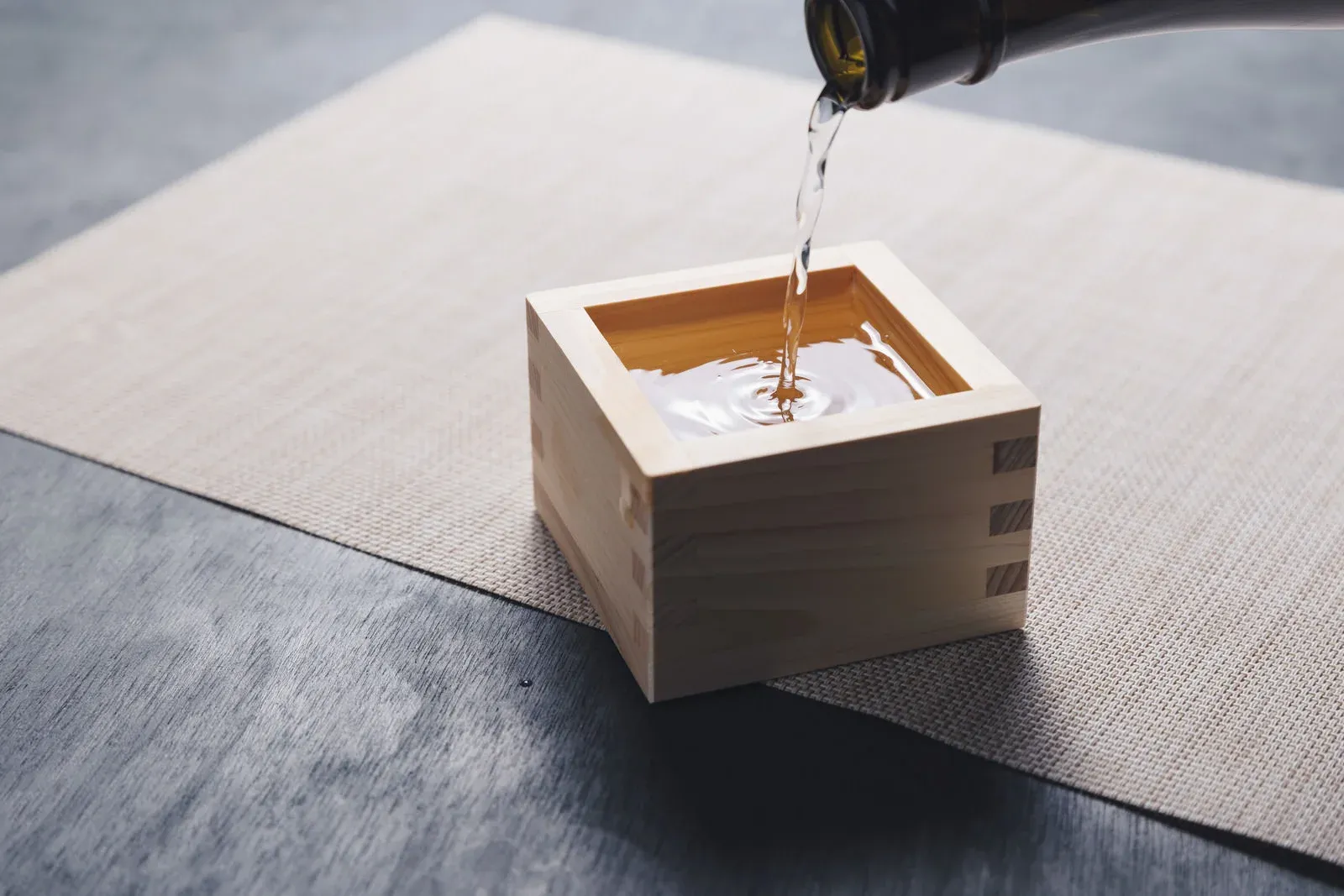
Junmai-shu is sake made only from rice, rice koji, and water. As it doesn't use any additives, you can enjoy the original taste of rice. It's characterized by a smooth and easy-to-drink taste, and pairs well with dishes, making it easy to pair with Japanese cuisine in general. This is a recommended type for sake beginners.
Ginjo-shu
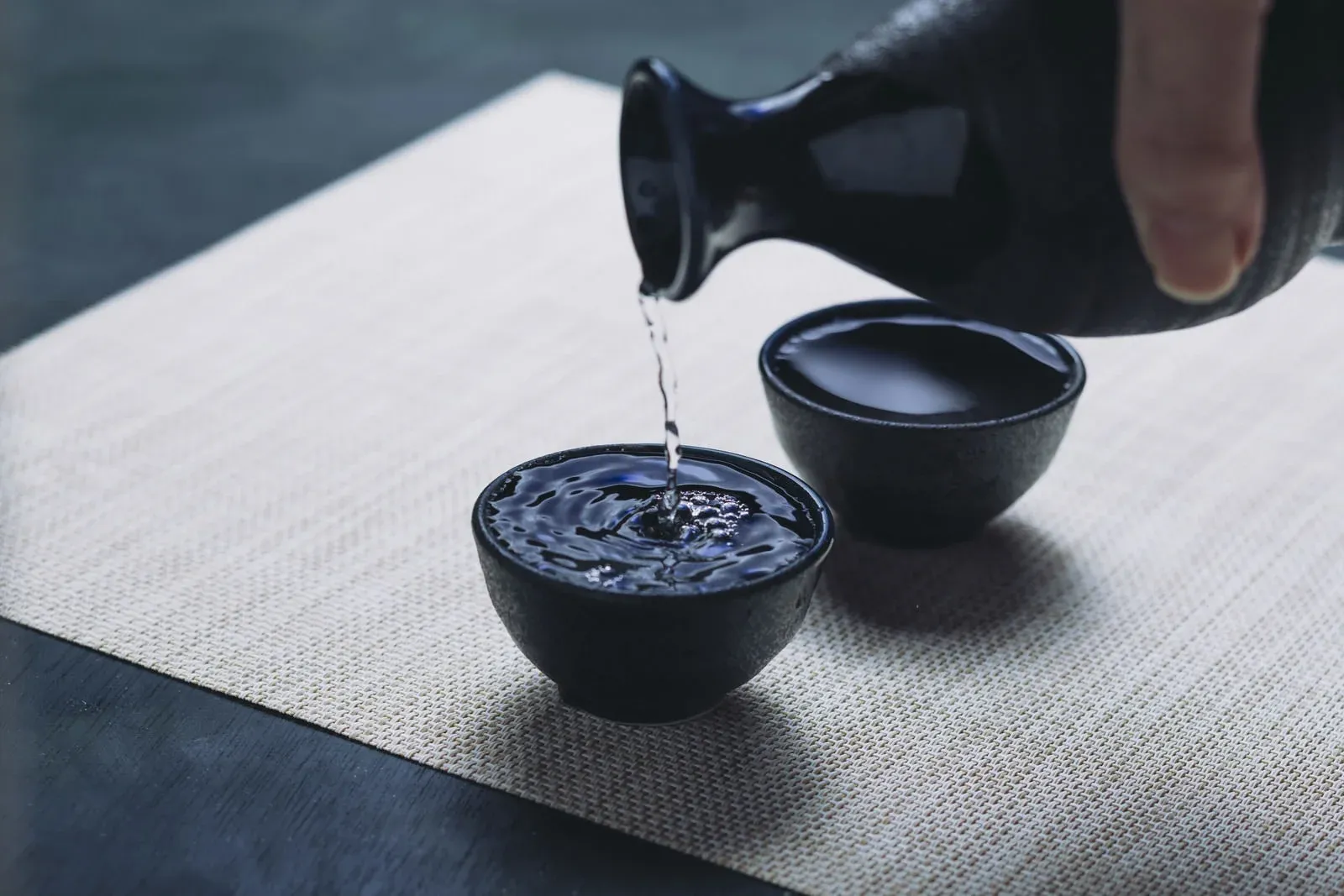
Ginjo-shu is sake made using high-quality rice with a polishing ratio of 60% or less. It's characterized by a fruity aroma and delicate taste, and I recommend drinking it chilled. However, because the taste is delicate, you need to consider pairing it with dishes carefully. It's a relatively high-class sake among sake types.
Daiginjo-shu
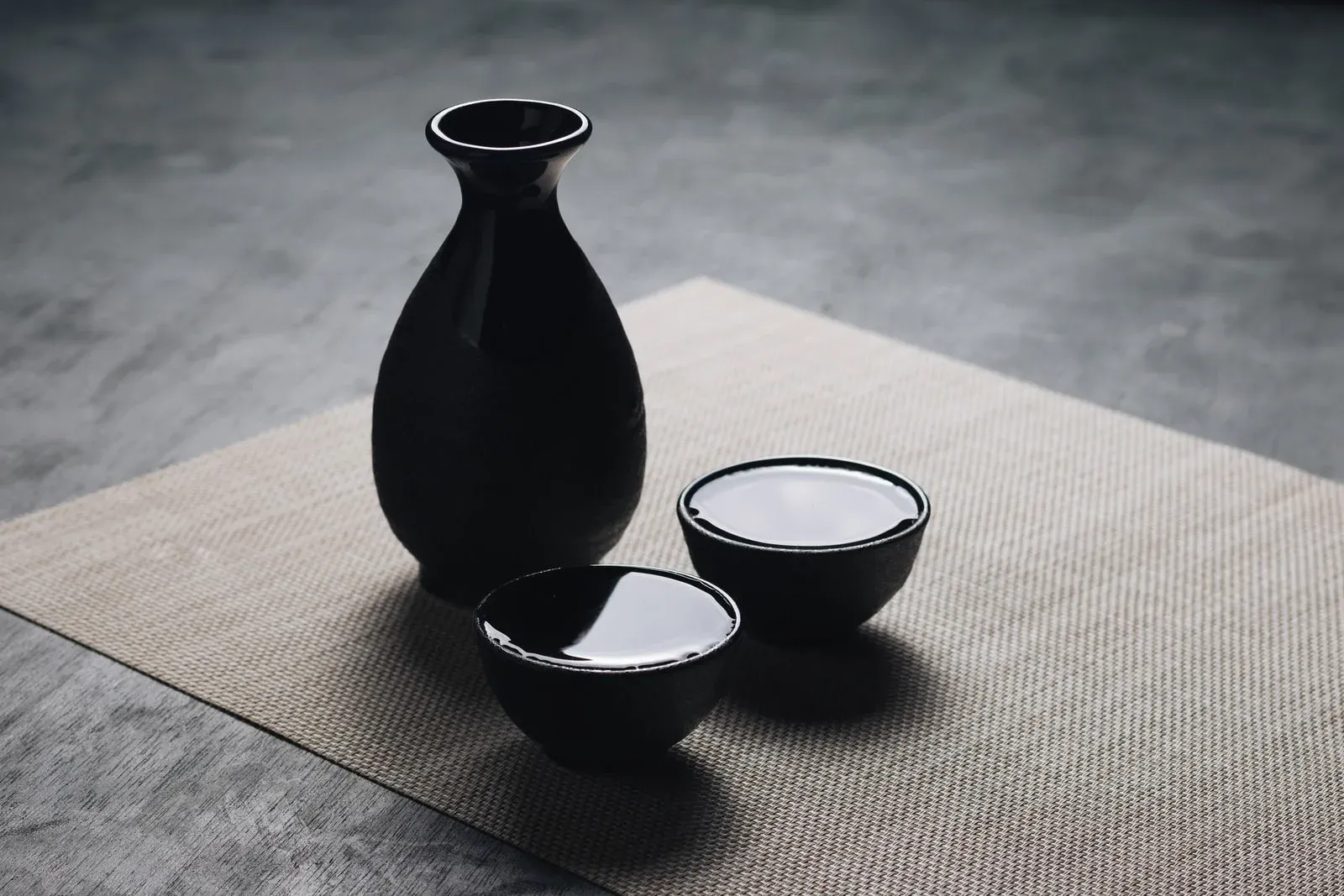
Daiginjo-shu is the highest-grade sake among Ginjo-shu, using the highest quality rice with a polishing ratio of 50% or less. It's characterized by a rich aroma and elegant taste, and I recommend drinking it at room temperature or chilled. However, because the taste is very delicate, it has somewhat limited pairing with dishes. It's a high-class sake perfect for drinking on special days.
Honjozo-shu
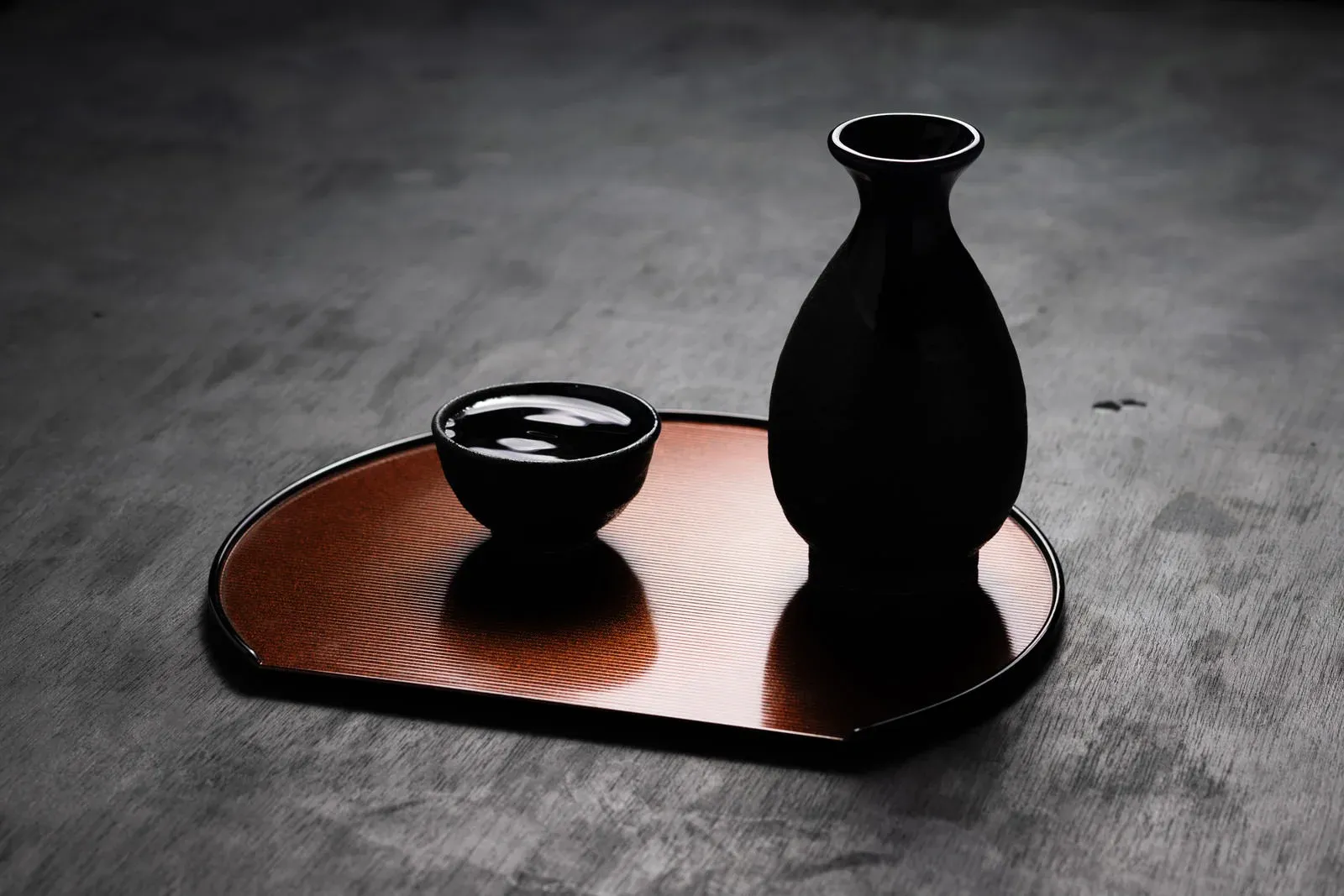
Honjozo-shu is sake made using rice with a polishing ratio of 70% or less and added brewer's alcohol. It's characterized by a crisp mouthfeel and sharp taste, and can be enjoyed at a wide range of temperatures. Many are in a reasonable price range, making it recommended for everyday drinking. It pairs well with dishes and is easy to pair with Japanese cuisine in general.
Nigori-zake
Source: Wikipedia
Nigori-zake is cloudy sake bottled without filtration. It's characterized by a unique thick mouthfeel and rich taste, and I recommend drinking it chilled. Because of its rich taste, it pairs well with strongly flavored dishes. It's a rare type among sake, and people tend to either love it or hate it.
Futsuu-shu
Source: Wikipedia
Futsuu-shu is sake with added brewer's alcohol and no specified rice polishing ratio. It's characterized by a light and mild taste, and its affordable price range makes it perfect for daily drinking. I also recommend it as warm sake. It's an easy-to-drink sake for sake beginners.
Famous Sake Brands
There are various sake brands, such as Hakkaisan and Koshi no Kanbai, which are popular locally, and Dassai and Mio, which are popular among foreigners and women.
However, I don't recommend cheap and low-quality sake like one-cup sake from convenience stores or Oni Koroshi from supermarkets. It's important to choose high-quality sake.
Sake Brands Popular Locally
Hakkaisan
Source: Wikipedia
Hakkaisan is a representative light and dry sake. It's characterized by its refreshing and easy-to-drink taste, using rice and water nurtured in the rich natural environment of Niigata.
Website: https://www.hakkaisan.com/
Koshi no Kanbai
Source: Koshi no Kanbai Official Website
Koshi no Kanbai is a sake characterized by its light taste and sharpness. It's brewed using traditional methods and, like Hakkaisan, uses rice and water nurtured in the natural environment of Niigata.
Website: http://www.morohashi-shuzo.co.jp/
Dewazakura
Source: Dewazakura Official Website
Dewazakura is a fruity and aromatic sake. Its charm lies in its various lineups, using high-quality rice and water nurtured in the natural environment of Tohoku (Yamagata).
Website: https://www.dewazakura.co.jp/en/
Sake Brands Popular Among Foreigners and Women
Dassai
Source: Wikipedia
Dassai is a sake from Yamaguchi Prefecture, characterized by its fruity and sweet taste unique to Kyushu. Its sparkling type is also popular.
Website: https://dassai.com/
Mio
Source: Mio Official Website
Mio is a brand of sparkling sake. It's low in alcohol and sweet, popular among women and those drinking sake for the first time.
Website: https://shirakabegura-mio.jp/
Bijofu
Source: Bijofu Official Website
Bijofu is a sake brand from Kochi Prefecture, characterized by its fruity and floral aroma. It's particularly popular among women.
Website: https://bijofu.jp/
How to Enjoy Sake as Taught by Japanese People
Here, I'll introduce how to enjoy sake like a local, from how to choose sake to dishes that pair well with it.
How to Choose Sake
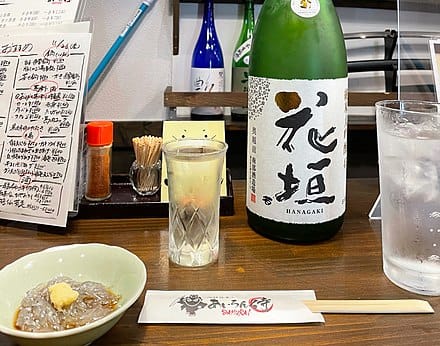
The best way to choose sake is to match your preferences. I recommend Junmai-shu for those who like sweet taste, and Ginjo-shu for those who like dry taste. It's also a good method to choose sake to match the dish.
For travelers, it's good to consult with shop staff or someone knowledgeable about sake. If you tell them your preferences, they should recommend suitable sake for you.
Difference in Taste Depending on Temperature
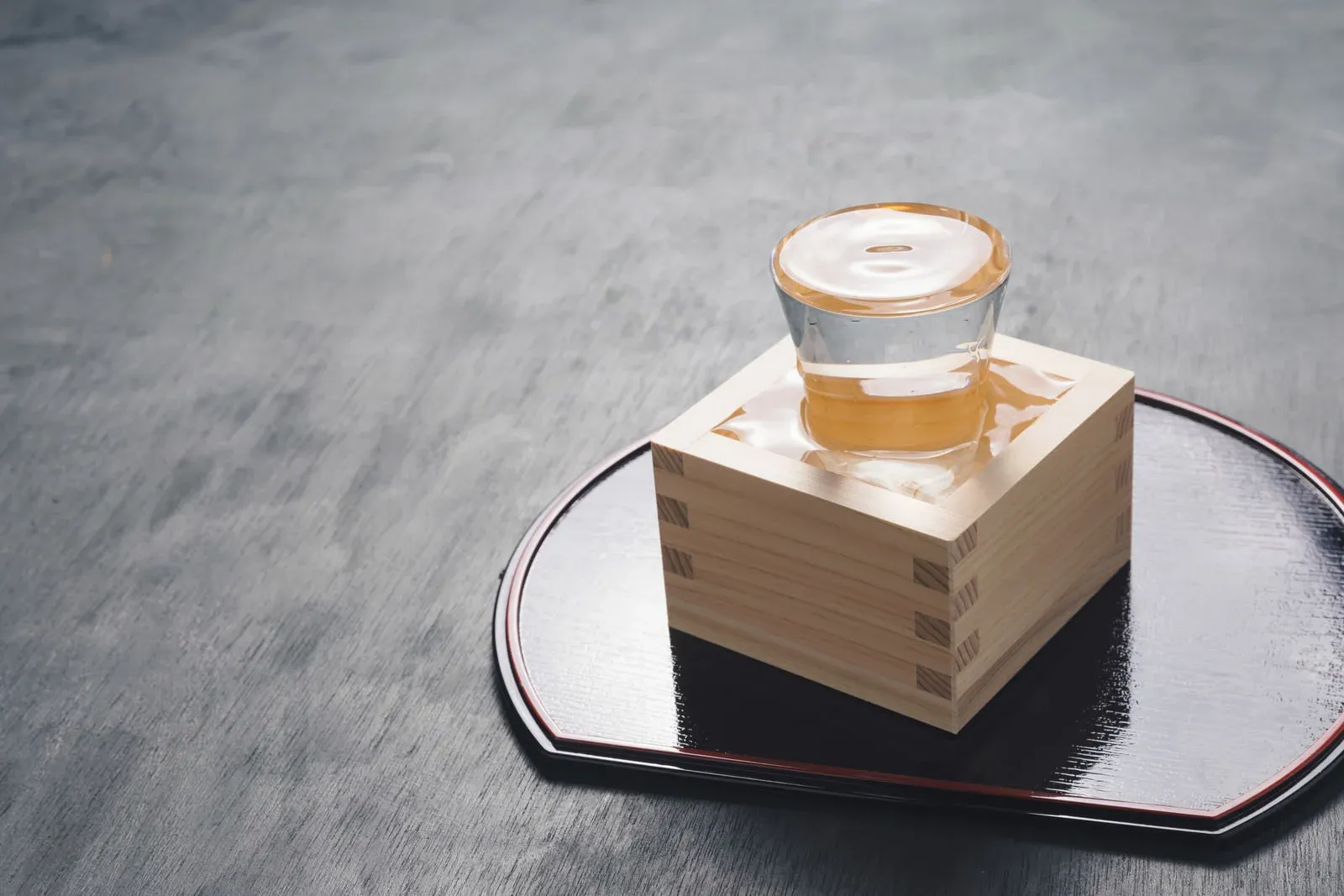
A characteristic of sake is that its taste changes greatly depending on temperature. When chilled, it has a tighter taste, and when warmed, it becomes mellow.
I recommend drinking sake at the appropriate temperature according to your preference and the dish. It's also an interesting experience to compare the same sake at different temperatures. Changing the way you drink according to the season and mood is also a tip for enjoying sake.
Dishes That Pair Well with Sake
Sushi
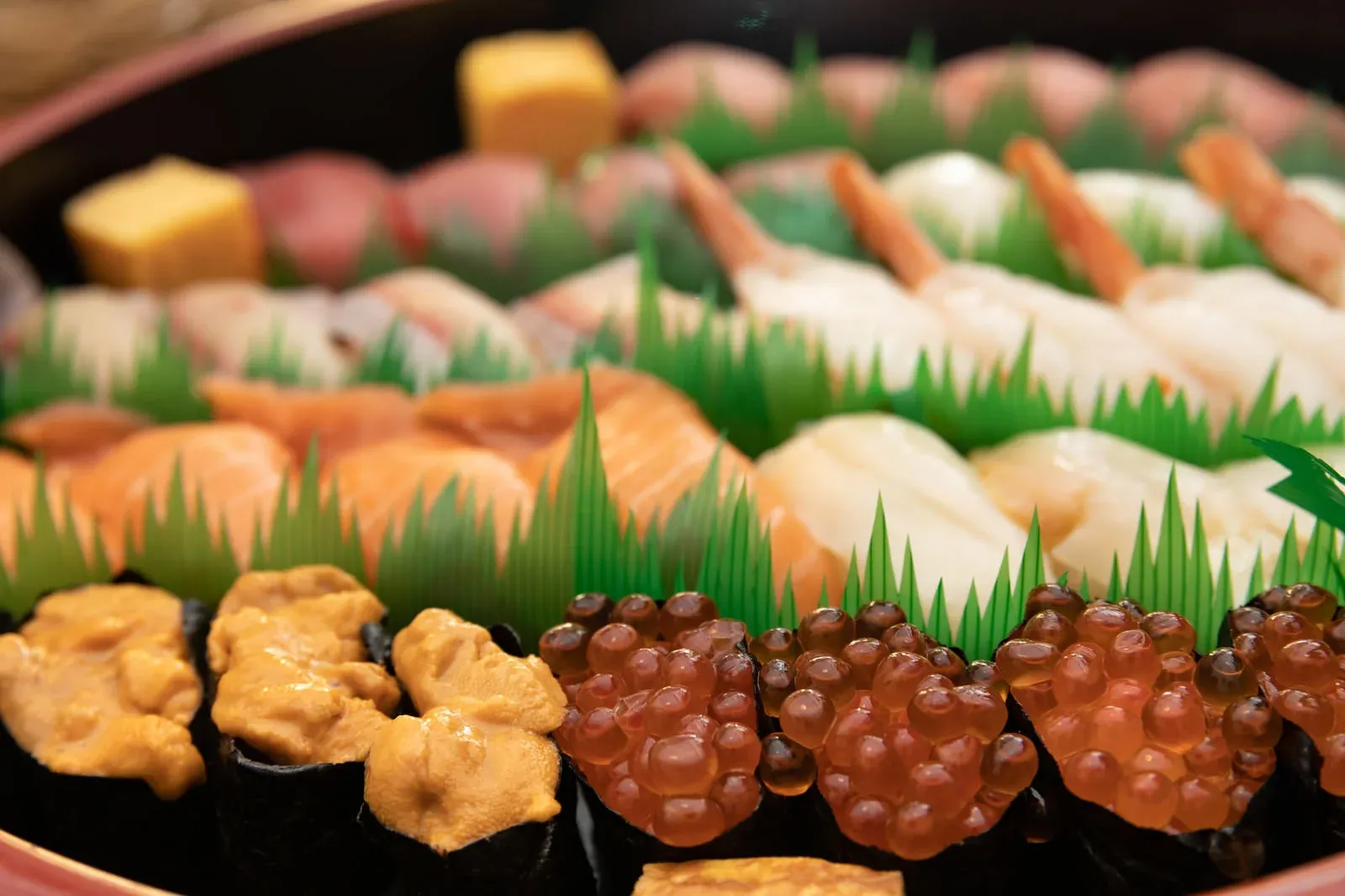
Sushi and sake are a perfect match. The umami of fish and the flavor of sake match exquisitely. Especially, Daiginjo-shu and Ginjo-shu pair well. I recommend savoring sake little by little along with sushi. Enjoying the pairing of sushi and sake is the true pleasure of sake.
Sashimi
Source: Wikipedia
Sashimi also pairs excellently with sake. Sake enhances the delicate taste of fish. Especially, Junmai-shu and Honjozo-shu pair well. I recommend slightly warming the sake, which makes the taste of sashimi feel deeper. Try to be conscious of pairing sake with sashimi using seasonal fish.
Fermented Seafood Products (Pickles)
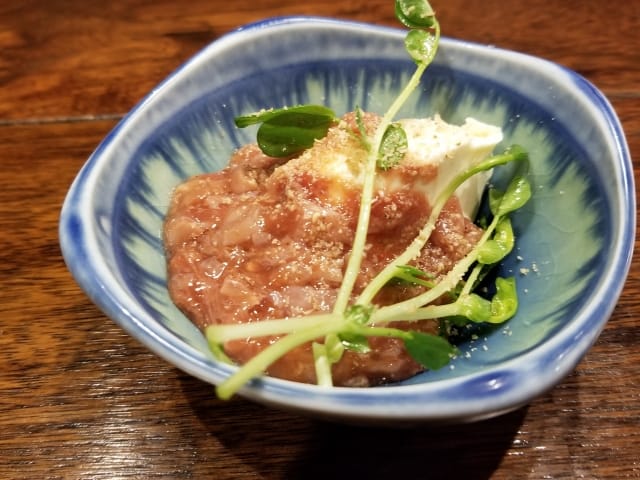
Ika no Shiokara (salted squid guts) and Shucho (salted bonito) are always on the menu at izakayas. It might be too advanced for foreigners, but for Japanese people, these are ultra-standard snacks for sake.
The saltiness of pickled seafood pairs extremely well with the sweetness of sake. If you can enjoy this, your range of sake enjoyment will expand. Shucho is even named "sake thief" because it makes you drink too much sake.
Tempura
Source: Wikipedia
The combination of crispy tempura and chilled sake is superb. Sake refreshingly cuts through the oiliness of tempura.
Especially, Ginjo-shu and Junmai-shu pair well. I recommend dry sake for tempura eaten with salt. The crispiness of the batter and the flavor of sake match exquisitely.
Grilled Fish
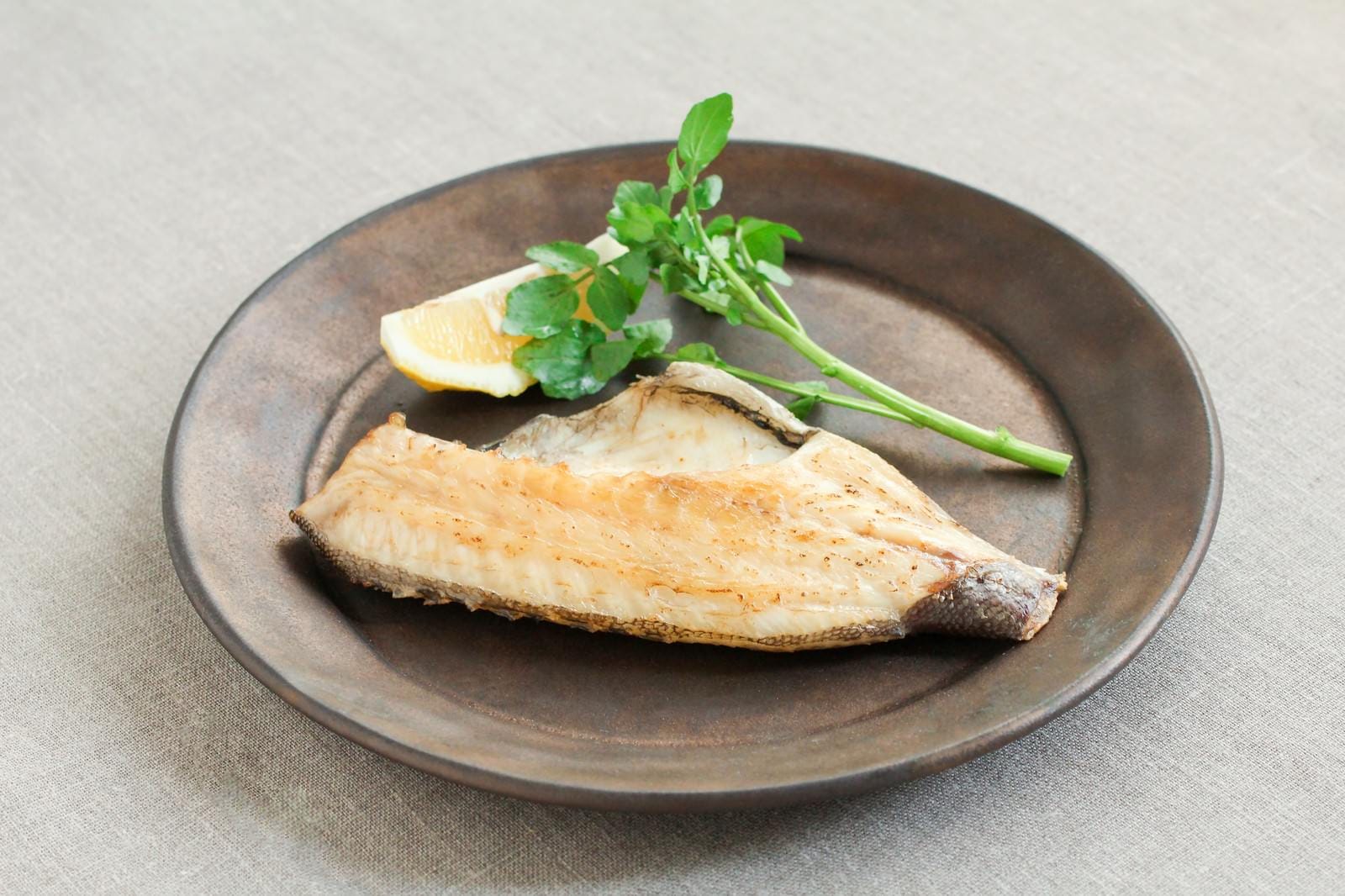
The combination of fatty grilled fish and sake is also excellent. The sweetness of the fish fat harmonizes with the umami of sake. Especially, Junmai-shu and Honjozo-shu pair well.
Warm sake makes the taste of grilled fish feel deeper. Sake also goes well with grilled fish seasoned with soy sauce or miso.
Hot Pot Dishes
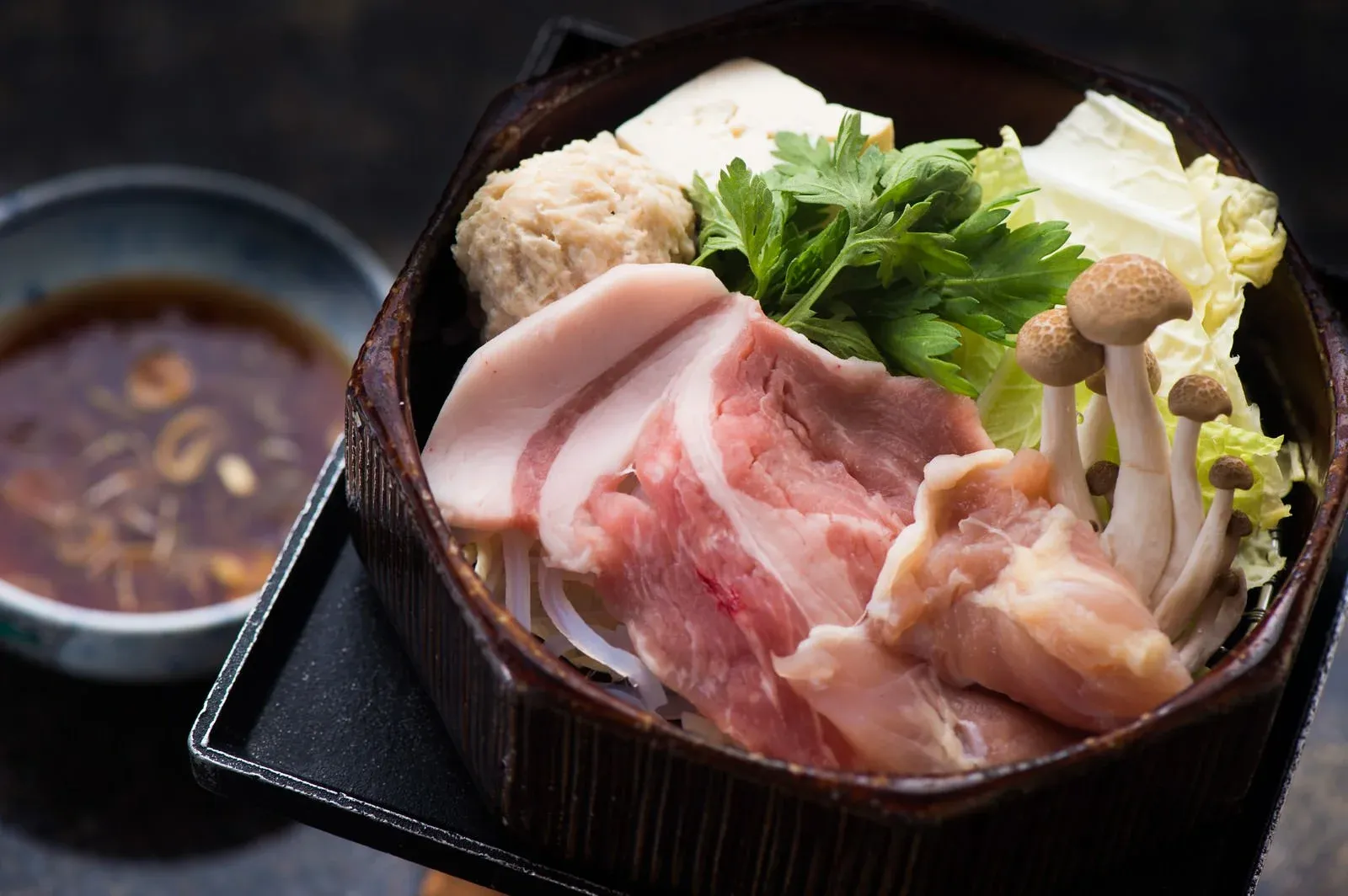
I think the combination of hot pot and sake on a cold day is the best. Sake enhances the umami of the hot pot broth. Especially, Junmai-shu and Honjozo-shu pair well.
Types of Establishments Where You Can Enjoy Sake
Now that you understand the types and ways to enjoy sake, I'll introduce the types of establishments where you can actually enjoy sake in Japan.
Sake Bars
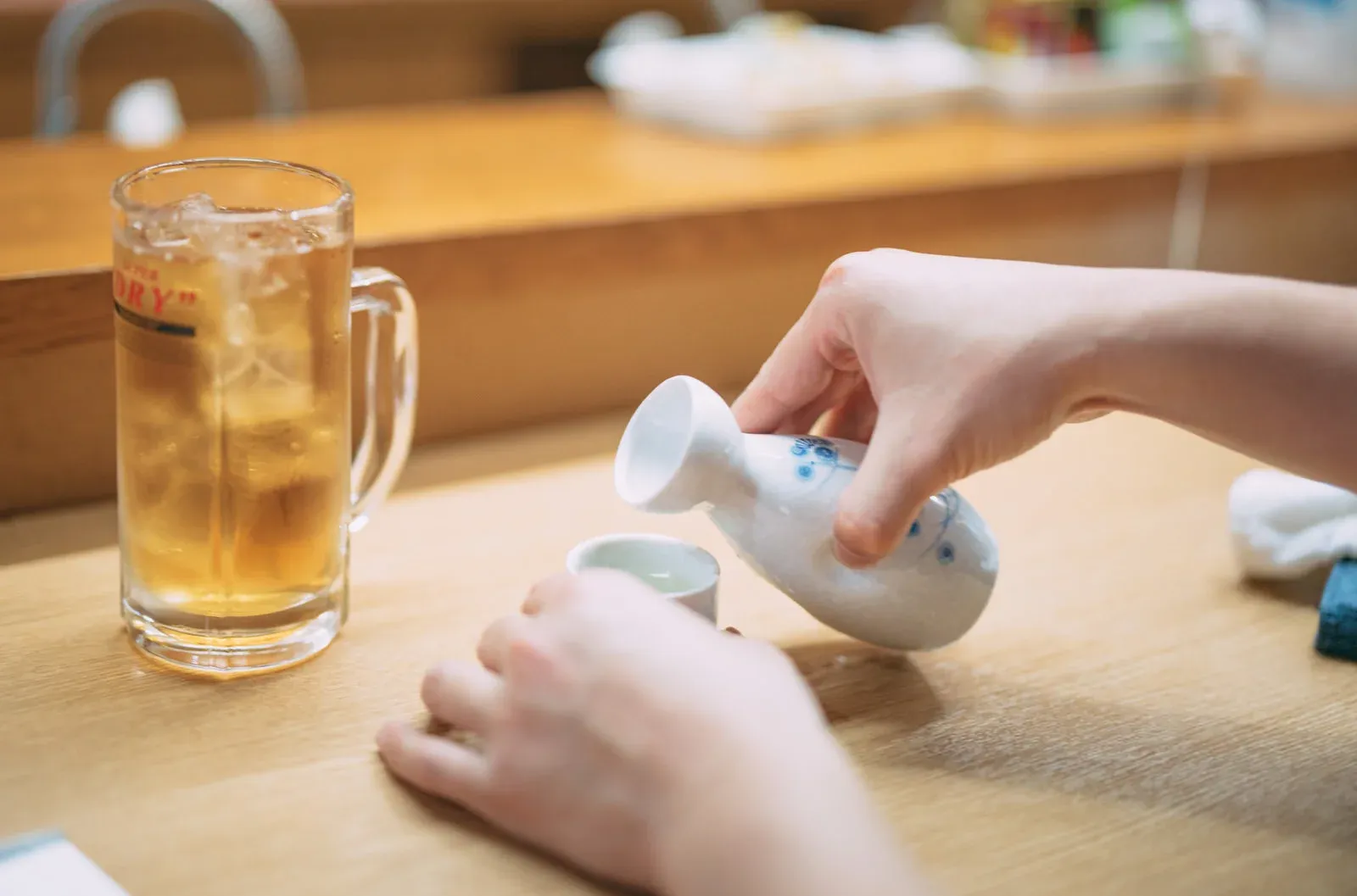
Sake bars are bars specializing in sake. They're characterized by a wide variety of sake, and knowledgeable staff who can recommend sake according to your preferences.
It's also attractive that many shops offer dishes that pair well with sake. For sake lovers like me, it's an irresistible space full of sake.
Izakaya
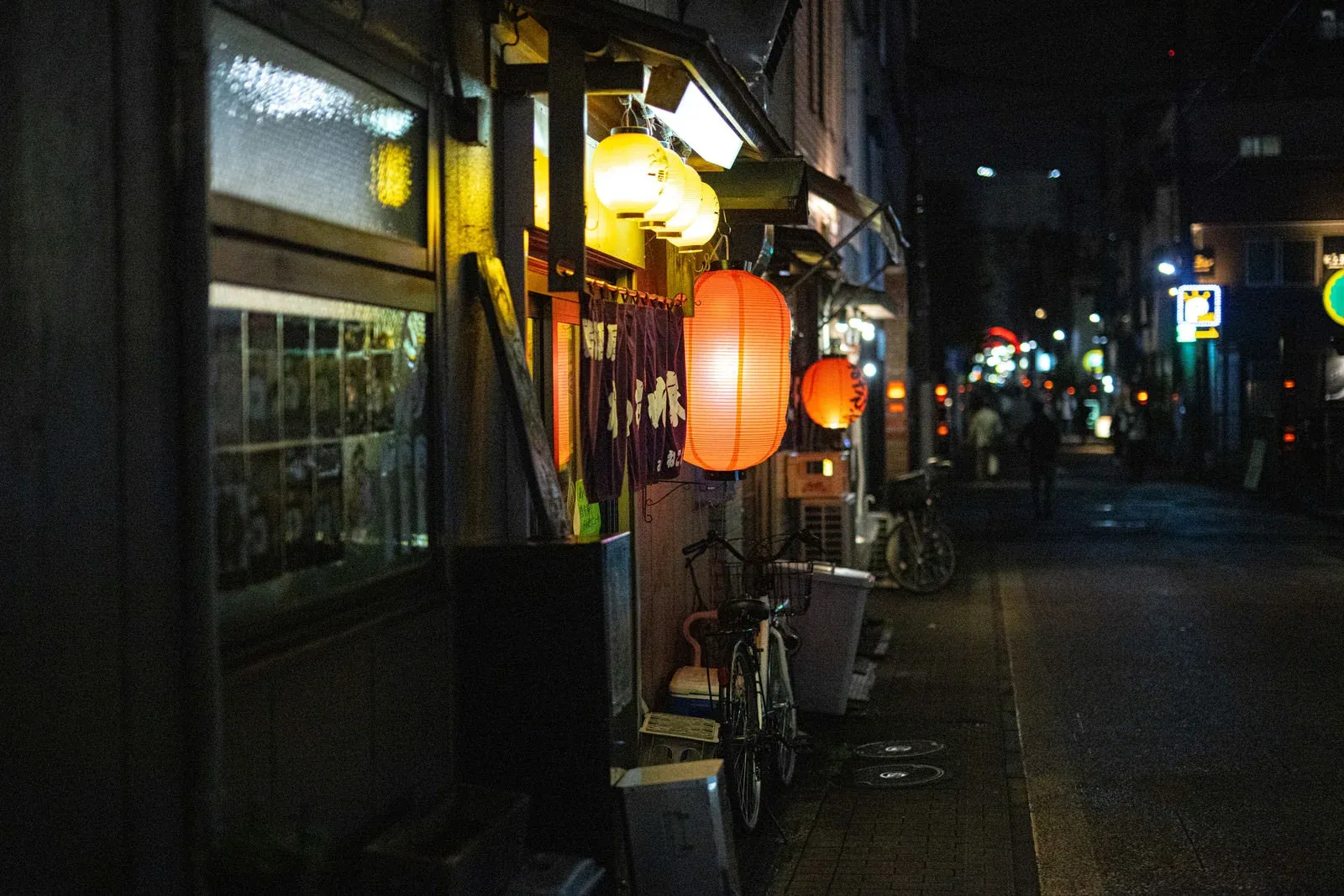
Izakaya are popular drinking establishments that serve various alcoholic beverages including sake. You can casually enjoy sake at reasonable prices.
It's also attractive that they offer a wide variety of dishes that pair well with sake. It's a perfect place to enjoy sake with friends in a lively atmosphere. There are various types of izakaya, from chain stores to individually owned ones.
Ryotei
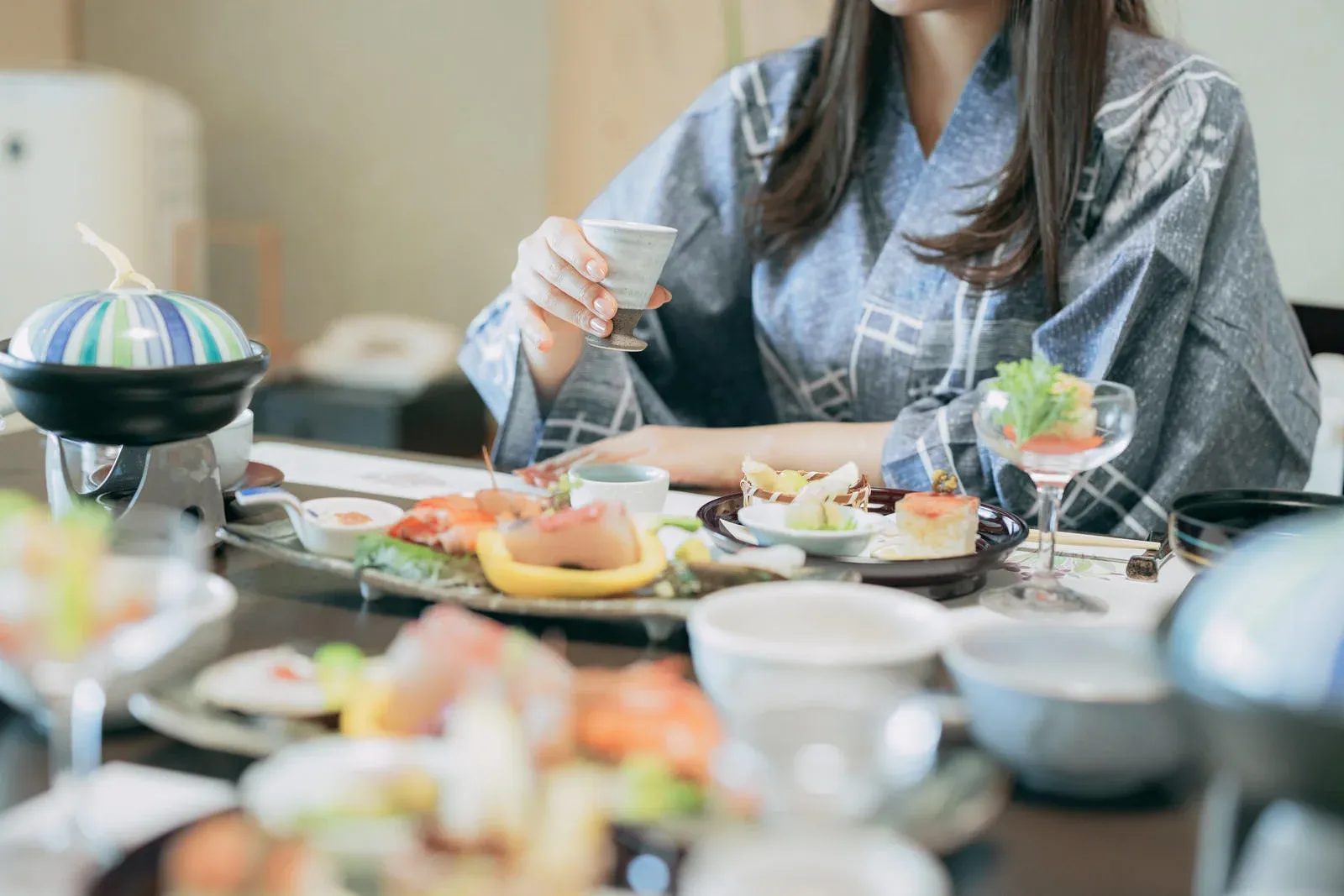
Ryotei are high-class Japanese restaurants. They're characterized by offering sake paired with dishes, allowing you to enjoy pairing high-quality sake with delicious food.
It's also attractive that you can savor sake slowly in a calm atmosphere. I recommend using it with sake for meals on special days.
Specialty Shops for Japanese Cuisine like Sushi and Tempura
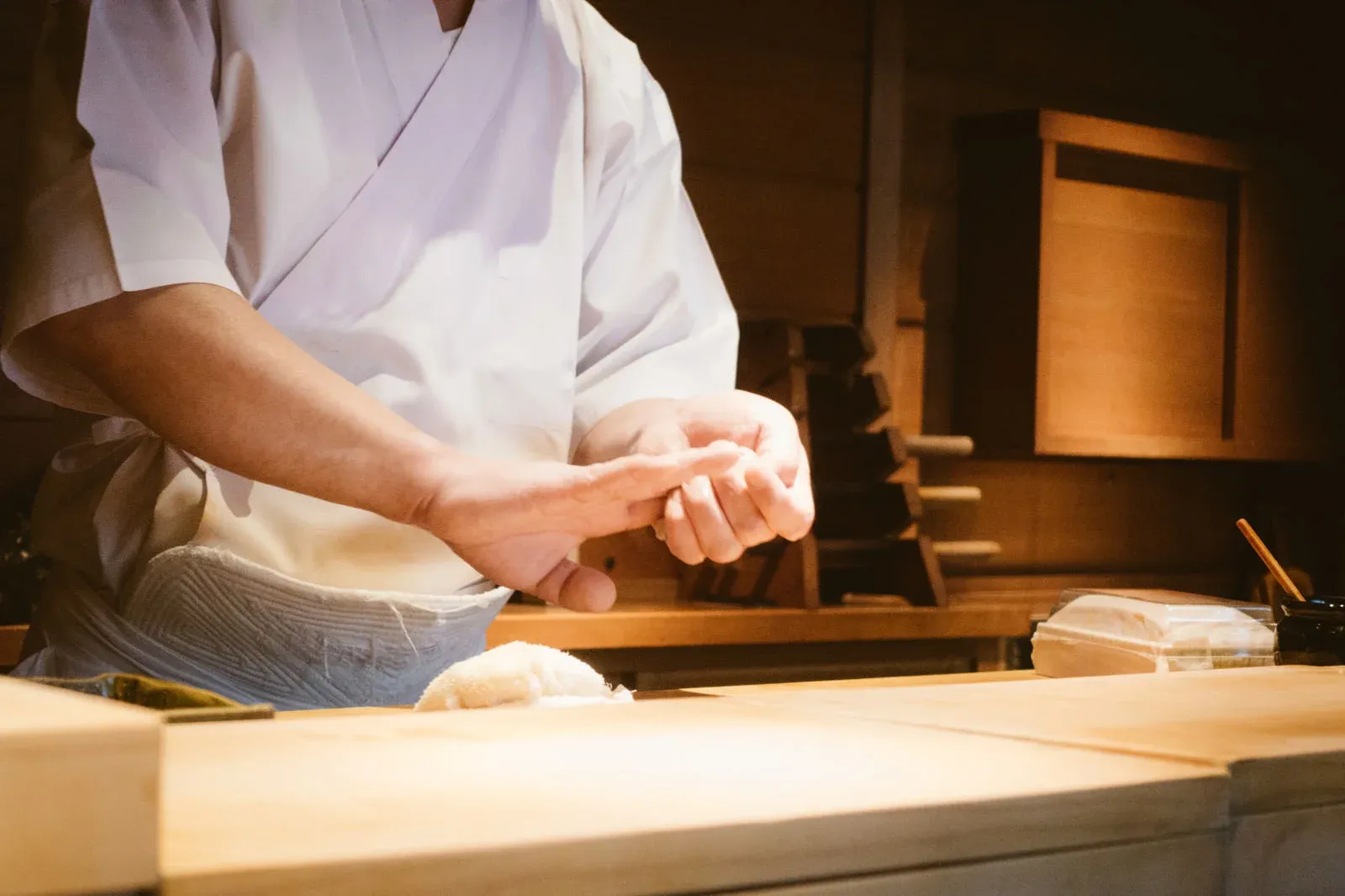
Many specialty shops for Japanese cuisine like sushi and tempura offer sake. You can enjoy pairing sake with Japanese cuisine unique to each specialty shop.
However, like ryotei, they tend to be expensive.
Frequently Asked Questions About Sake
Finally, I'll answer questions that foreigners often have about Japanese sake.
What's the Appropriate Amount of Sake?
The appropriate amount of sake varies by individual, but about one go (180ml) per day is considered a guideline. I recommend drinking less when you're on an empty stomach or tired.
It's important to be careful not to drink too much, but to enjoy drinking in moderation.
What Are the Characteristics of Sake Flavor?
The flavor of sake is characterized by the sweetness and umami derived from rice. There's also a fruity aroma derived from fermentation.
The smooth and clear mouthfeel is also one of the charms of sake. It pairs well with dishes and enhances the taste of Japanese cuisine.
I recommend trying various brands as the flavor differs for each sake.
Sake is a traditional Japanese alcohol made from rice, and there are various types such as Junmai-shu, Ginjo-shu, and Daiginjo-shu. Each has its own characteristics, and I recommend enjoying it considering the temperature, vessel, and pairing with dishes.
There are also many dishes that pair well with sake, such as sushi, sashimi, and tempura. You can enjoy sake at various establishments such as sake bars, izakaya, and ryotei.
While sake is a special drink for Japanese people, I hope that foreigners will also feel the charm of sake. I hope this article will be an opportunity for you to enjoy the world of sake!

